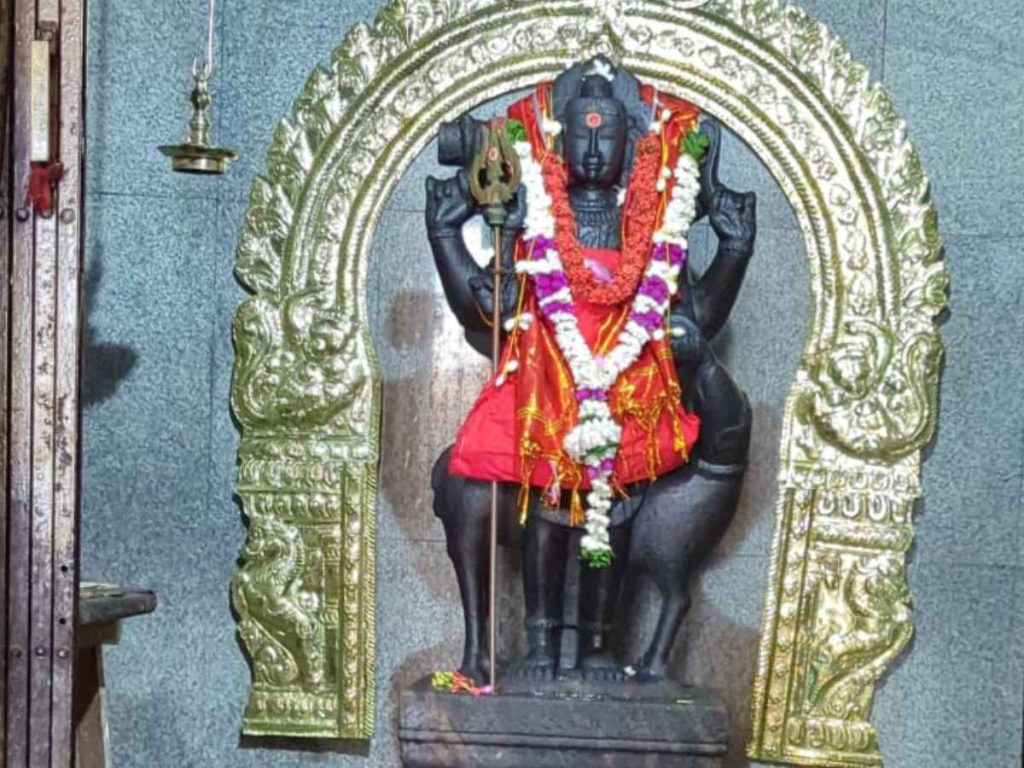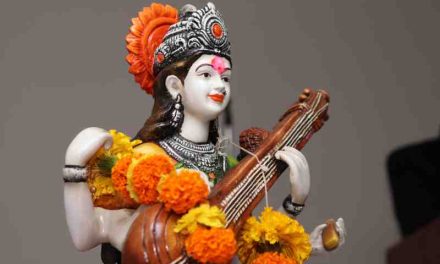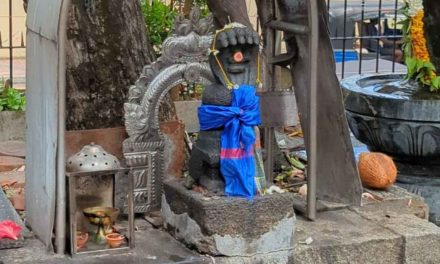For years, I felt like I was going through life on autopilot. I had a good job, a loving family, but a nagging sense of unease lingered. I craved a deeper connection to something more, a way to tap into a sense of peace and fulfillment that seemed just out of reach.
That’s when I stumbled upon the Pranagnihotra Upanishad, a lesser-known gem among the vast collection of ancient Hindu scriptures. Intrigued by the idea of an “inner fire sacrifice,” I delved into its teachings. What I discovered wasn’t just a ritual, but a philosophy that resonated deeply within me.
The Pranagnihotra Upanishad speaks of “prana,” the life force that flows through all living things, and “agni,” the fire that purifies and transforms. It describes a simple yet powerful practice – offering oblations (specially prepared offerings) into a fire while chanting specific mantras (sacred sounds).
At first, I was hesitant. The idea of a fire ritual seemed a bit outlandish in my modern life. But the Upanishad’s message about harnessing the power within us was too compelling to ignore.
So, I decided to give it a try. Following the Upanishad’s instructions, I gathered some cow dung cakes (a readily available fuel source in India), ghee (clarified butter), and some dried herbs. In my backyard, I built a small fire and began the chanting.
The first few times, it felt awkward. But as I focused on the rhythm of the mantras and the gentle crackle of the fire, something shifted. A sense of calm washed over me, replacing the usual mental chatter. It felt like I was connecting with something ancient and profound.
Over time, the practice became a daily ritual. It wasn’t just about the fire; it was about the intention behind it. As I offered the oblations, I visualized letting go of negativity, anxieties, and worries. The fire became a symbol of transformation, burning away the unwanted and making space for clarity and peace.
The impact on my wellbeing was undeniable. My sleep improved, my focus sharpened, and that nagging sense of unease began to fade. I felt more grounded, more connected to myself and the world around me.
The Pranagnihotra Upanishad isn’t a magic bullet, but it’s a powerful tool. It’s a reminder that true wellbeing starts within. By tending the fire of prana within us, we can purify our thoughts, emotions, and actions. It’s not about blind faith, but about a conscious connection with the life force that sustains us all.
This practice isn’t for everyone, of course. But if you’re looking for a way to enhance your wellbeing, to cultivate a sense of inner peace and purpose, then I encourage you to explore the Pranagnihotra Upanishad. It might just be the spark that ignites your own journey to a more fulfilling life.

The Science of Breath and Digestion
Have you ever stopped to think about the connection between your breath and your wellbeing? Ancient Hindu scriptures like the Pranagnihotra Upanishad delve into this very idea, offering a fascinating perspective that resonates even in today’s scientific world.
The Pranagnihotra Upanishad speaks of “prana,” the vital life force that animates all living beings. Modern science might not use the exact term “prana,” but the concept aligns with the idea of cellular respiration, the process by which our bodies convert oxygen into energy. Every breath we take fuels this internal fire, keeping us alive and functioning.
But the Upanishad goes beyond just breathing. It talks about “agni,” the digestive fire within us. Just like a physical fire transforms fuel into usable energy, our digestive system breaks down food into nutrients that nourish our bodies. The Upanishad suggests a link between these two fires – prana and agni – proposing that a healthy digestive system strengthens our life force.
Modern science supports this connection. Our gut microbiome, the trillions of bacteria residing in our intestines, plays a crucial role in digestion and overall health. Research suggests that a balanced gut microbiome can positively impact our immune system, mood, and even brain function.
The Pranagnihotra Upanishad prescribes a specific practice to optimize these internal fires. While the details of the fire ritual might seem unfamiliar, the core principle is intriguing. The practice emphasizes mindful breathing and using specific offerings (like ghee, a type of clarified butter) that are known to aid digestion.
Here’s how this might translate into a modern approach:
- Focus on mindful breathing: Taking slow, deep breaths activates the parasympathetic nervous system, promoting relaxation and better digestion. Techniques like pranayama, a yogic breathing practice, can be helpful.
- Prioritize gut health: Consume a balanced diet rich in prebiotics (foods that promote healthy gut bacteria) and probiotics (supplements or fermented foods containing beneficial bacteria).
- Consider natural digestive aids: Certain herbs and spices like ginger, fennel, and cumin have been used for centuries to support digestion.
The Pranagnihotra Upanishad doesn’t offer a one-size-fits-all solution, but it provides a framework for understanding the connection between breath, digestion, and overall wellbeing. By incorporating practices that promote healthy prana and agni, we can potentially optimize our internal fire and cultivate a sense of vitality from within.
So, the next time you take a deep breath, consider the ancient wisdom of the Pranagnihotra Upanishad. It might just be the key to unlocking a more balanced and fulfilling life.
Your Body is the Temple: The Ritual of Pranagnihotra Upanishad
The Upanishad speaks of “prana,” the life force that flows through all living beings. It describes our body as a sacred vessel for this prana, much like a temple houses a revered deity. Just as we maintain the temple’s purity, the Pranagnihotra Upanishad proposes a ritual to nurture and revitalize the temple within.
This ritual isn’t about elaborate ceremonies or expensive offerings. It’s a simple yet profound practice called “pranagnihotra,” which translates to “fire offering made to the prana.”
Imagine a small, contained fire – perhaps a clay lamp or a fire pit – symbolizing the digestive fire within us. The Upanishad suggests offering specific materials like ghee (clarified butter) and mantras (sacred sounds) to this fire.
But here’s the key: the offerings are symbolic. The ghee represents nourishment, while the mantras represent focused intention. The true essence of the ritual lies in the awareness it cultivates.
As we perform pranagnihotra, we become mindful of our breath, the fuel that keeps our internal fire burning. We become conscious of the food we consume, recognizing it as an offering that nourishes our body-temple.
The benefits extend beyond the physical. Focusing on the ritual calms the mind, promoting a sense of peace and well-being. It fosters a sense of gratitude for the life force that sustains us and the body that houses it.





